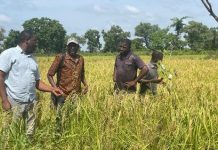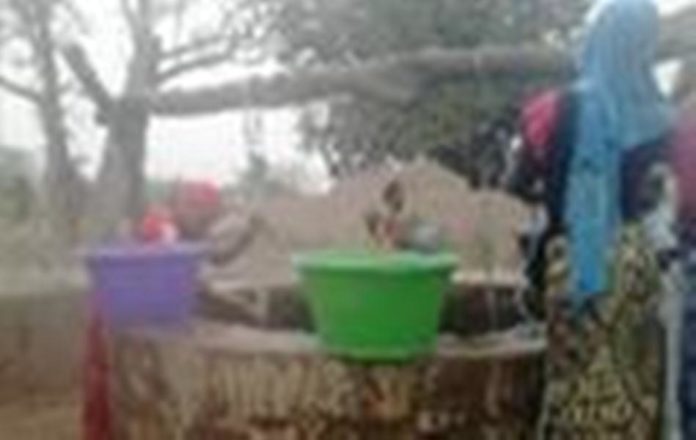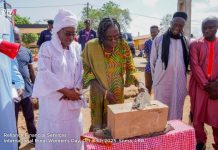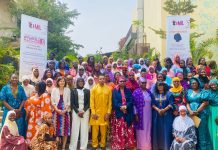This column is meant to monitor and report on issues that concerns the people of the rural communities in terms of how their development is hindered or facilitated.
Rural development is a process that aims to improve the standard of living of people living in rural communities.
According to Robert chambers, rural development is a strategy that enables a specific group of people, (poor rural women and men), gain for themselves and their children, more of what they want and need.
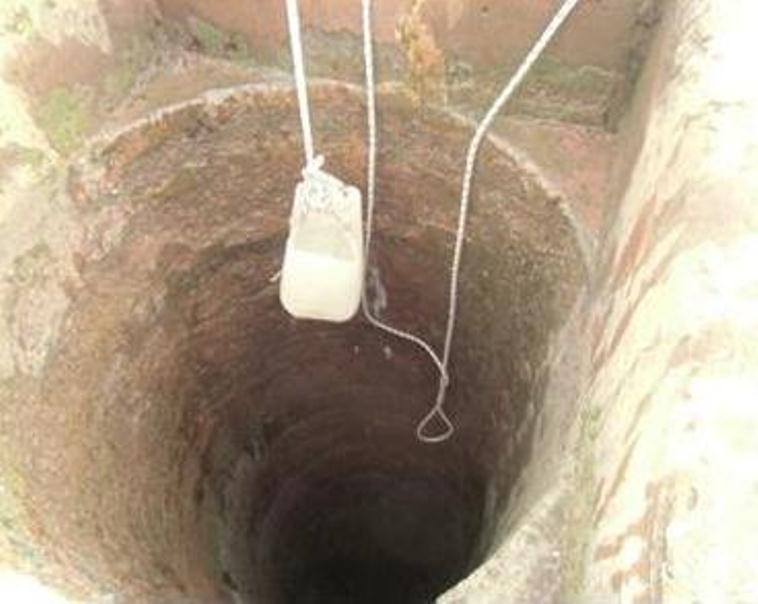
It involves helping the poorest among those who seek a livelihood in rural communities, to demand and control more of the benefits of rural development. The group includes small scale farmers, tenants and the landless. Thus, the term rural development may be used to imply any one of the above mentioned connotations.
To avoid the ineffective floundering among the myriad definitions, we shall define rural development as a process leading to sustainable improvement in the quality of life of rural people, especially the poor.
According to Lamin Sambou Kinteh, for rural development to be meaningful and realizable, the trinity of development must be present and these are: electricity, water and rural infrastructural development like roads, industries, Schools, health facilities etc.
Increasing the population’s access to safe drinking water and basic sanitation, dramatically reduces their susceptibility to water-borne diseases and increase their likelihood, especially for women and children, from incurring additional expenses related to treatment.
In The Gambia, efforts to ensure access to safe drinking water have been effective over the past years, according to Government records.
The proportion of the population with access to safe drinking water increased to 85.8 per cent in 2010, from 69 per cent in 1990, exceeding the MDG target of 84.5 per cent by 2015.
Looking at the sub-national level in general, the water supply situation improved in all six regions of the country.
However, water supply depends on available electricity. Therefore, the issue continues to be a major problem in rural health and education facilities as well as at the household level. Sanitation can only progress with adequate quality water and reliable electricity supply. The Gambia is endowed with groundwater resources. However, water reserves can be assessed across the country, to rationalize its usage in forthcoming years.
In addition, climate change poses a great threat to national development, and its effect is felt primarily in the water and sanitation sectors. The steps Government will undertake in the area of water and sanitation includes the provision of portable water to all education and health facilities across the country, as well as to the entire population.
Government plans to improve the operation and maintenance arrangements for water and sanitation facilities and mobilize stakeholders in the water and sanitation sectors so as to improve governance of water resources and address climate change issues. Capacity building activities in this area will be carried out to produce more engineers and managers, to ensure the realization of Government’s plans.
Special attention should be dedicated to increase equitable access of the entire population of the country and, particularly, in the rural areas, to safe drinking water and sanitation services.
This was the report given by the former Government regarding the MDGs. However, rural dwellers are lamenting on the hardship they encounter due to scarcity of water in villages, despite Government claims that the proportion of the population with access to safe drinking water, increased to 85.8 per cent in 2010 from 69 per cent in 1990.
Has this situation improved or deteriorated? This columnist will approach the Department of Water Resources for answers!


